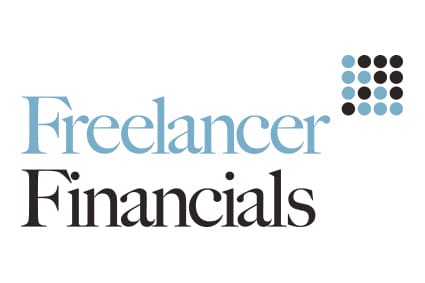HMRC issue warning to those contemplating using tax avoidance schemes
HMRC have recently published a leaflet titled, ‘Tempted by Tax Avoidance? – A warning for people thinking about avoidance schemes’. Whilst the leaflet serves to educate taxpayers about the perils of such schemes its underlying motive is to deter people from participating in such arrangements.
Undoubtedly there are some, who have the financial means, who will have their heads turned by the promise of large tax savings for little cost or effort. Sounds good and who wouldn’t be interested by such a sales pitch? The leaflet warns however that those people should think before making a leap of faith – about the costs, the disruption caused by inevitable HMRC enquiries, potential litigation and uncertainty about the outcome as a result.
What does tax avoidance look like?
In accordance with Lord Tomlin’s comments in the 1936 House of Lords case, Inland Revenue Commissioners v Duke of Westminster, “Every man is entitled, if he can, to arrange his affairs so that the tax attaching under the appropriate Acts is less than it otherwise would be. If he succeeds in ordering them so as to secure that result, then, however unappreciative the Commissioners of Inland Revenue or his fellow taxpayers may be of his ingenuity, he cannot be compelled to pay an increased tax.” There is, however, a big difference between taking advantage of tax reliefs and allowances in the way in which they were intended to be used, and attempting to bend the rules to avoid tax.
The too good to be true rule
Promises that sound too good to be true are probably just that. Rather than mitigating an individual’s tax bill the reality is that it could end up costing the unwitting participant more than the tax they were trying to avoid in the first place.
Some scheme promoters will dangle promises of rich rewards in front of potential clients but without providing a full explanation of the associated risks. Consequently, when the scheme falls flat on its face it is the poor old client that is left holding the baby.
Warning signs
Where any of the following features are present then HMRC warn that potential scheme participants should think twice before committing themselves:
- it sounds too good to be true and cannot have been intended when Parliament made the relevant tax law (for example, some schemes promise to get rid of your tax liability for little or no real cost, and without you having to do much more than pay the promoter and sign some papers)
- the tax benefits or returns are out of proportion to any real economic activity, expense or investment risk
- the scheme involves arrangements which seem very complex given what you want to do
- the scheme involves artificial or contrived arrangements
- the scheme involves money going around in a circle back to where it started
- the scheme promoter either provides any funding needed to make the scheme work or arranges for it to be made available by another party
- offshore companies or trusts are involved for no sound commercial reason
- a tax haven or banking secrecy country is involved
- the scheme contains exit arrangements designed to side-step tax consequences
- there are secrecy or confidentiality agreements
- upfront fees are payable or the arrangement is on a no win/no fee basis
- the scheme has been allocated a Scheme Reference Number (SRN) by HMRC under the Disclosure of Tax Avoidance Schemes (DOTAS) regime
HMRC approved tax schemes?
Ignore the claims of any promoter that their scheme has received HMRC approval simply because it has been allocated a SRN under the DOTAS rules. All this indicates is that the promoter has fulfilled their legal obligations by registering the scheme with the Revenue. Quite simply, HMRC never approves tax avoidance schemes.
Many schemes will be underpinned by legal advice that supports the validity of a scheme but would be participants need to be able to understand it and be certain that it is based on exactly the same arrangements that are being promoted.
Where promoters offer insurance to their clients in the event that their scheme fails HMRC say that a person should question why this should be necessary if the scheme works as described. However, where indemnity is on offer this will provide some comfort to the potential client although it is vital that the small print is examined carefully to ensure that all costs are covered.
Promoters are generally very careful to protect themselves against any claims when their schemes fail. The inherent risks are taken on by the clients and those risks are significant, so when it does go wrong the scheme user is exposed to very serious financial consequences.
Involvement with a tax avoidance scheme will automatically flag up a person as a high risk taxpayer and they can expect to receive the very close and unwanted attentions of HMRC into the whole of their tax affairs.
Want out?
If anyone is worried about their involvement in a tax avoidance scheme and want to get out of it then they can contact HMRC’s Anti-Avoidance Group by telephone on 020 7438 6733 or e-mail them using a secure online enquiry form to discuss their concerns.
Still undeterred?
For those that are still willing to take on the risk, HMRC recommends, as would the tax profession, that they take advice from an independent and reputable adviser who has nothing to gain by encouraging people to participate in a scheme. The fee’s involved in obtaining such advice may not be cheap but they could save an individual a lot more in the long run.
If your accountant introduces you to a promoter then ask them whether or not they are receiving a commission or some form of reward for finding clients, as you need to be certain of their motive for doing so.
The ‘Tempted by Tax Avoidance?’ leaflet can be downloaded here (PDF).





Leave a Reply